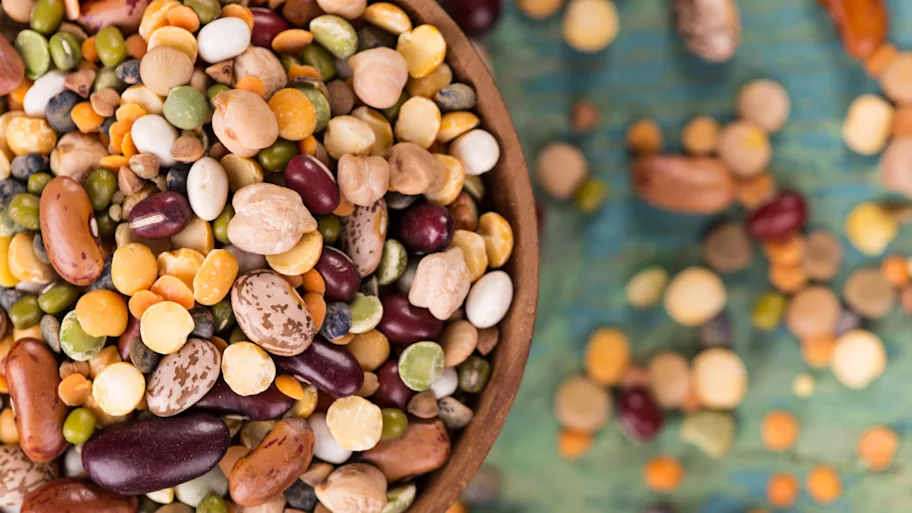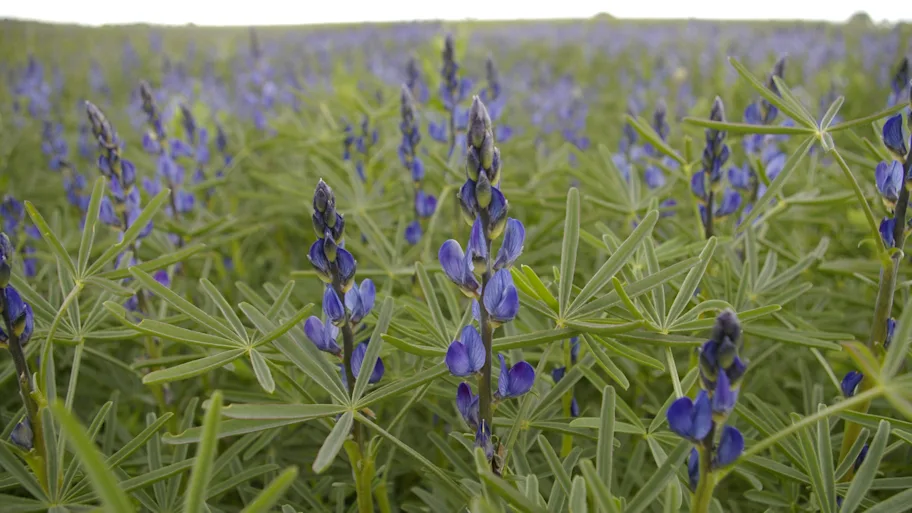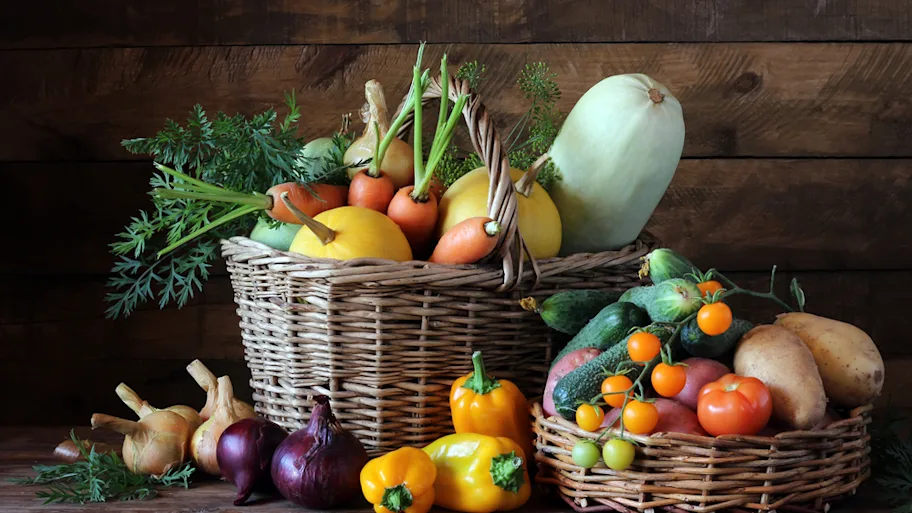
- Science news
- Featured news
- How growing more legumes could relieve economic stress
How growing more legumes could relieve economic stress
By Emily Barker, Frontiers Science Writer
The year 2016 has been declared by United Nations as the International Year of Pulses (IYP2016) with the aim to heighten public awareness of the nutritional benefits of pulses as part of sustainable food production aimed towards food security and nutrition.
Pulses are legume crops harvested for dray grain, i.e. lentils, beans, peas, faba bean or chickpeas.
The sad fact is that legume cultivation (both pulses and forage legumes) is continuously decreasing in Europe in spite of the well-known environmental benefits by improving soil fertility. Legumes have been replaced in the rotations by other crops that adapted quicker to technological progress and are more profitable for farmers in the short term.
This generates two major dependencies that can only be alleviated by increasing legume cultivation. By one side, Europe faces an increasing dependency on nitrogen fertilizers as high as 10 million tons yearly of which about 80% are imported. By other side, UE countries import 70% of their needs in vegetal protein. This dependency on imports, particularly of soya poses a serious threat to the economy by leaving the raw feed industry at the risk of the fluctuations of soya bean word prize.
This relates to legumes for animal feed, which is biggest part in Europe. However, we should not forget about legumes for human food.
Legumes have always been a major component of Mediterranean diet being also extremely important in other cultures, like the Indian culture. Pulses are a vital source of plant-based proteins and amino acids for people around the globe and should be eaten as part of a healthy diet to address obesity, as well as to prevent and help manage chronic diseases such as diabetes, coronary conditions and cancer.
Dr. Diego Rubiales, Specialty Chief Editor for Crop Science and Horticulture for Frontiers in Plant Sciences, as well as Past President of both the International Legume Society and the European Grain Legumes Association, believes it is time for Europe to start producing more of its own legumes.
“This is a very big problem. In the world, legume cultivation is increasing, but in Europe we are continually decreasing the cultivation of legumes,” he explains.
However, this may change through the work of Dr. Rubiales and others working on legumes. His proudest achievement in his 25 year career working on plant breeding is creating a pea that is resistant to Orobanche crenata, a parasitic weed that is the major constraint for legume cultivation in the Mediterranean Basin. He has even bigger plans for the future though.
“My dream is that I drive my car from Spain to Greece or around North Africa and I see fields cultivated with peas. This is starting to be possible only now when we have the first cultivars resistant to Orobanche,” he says.
However, for this to happen Dr. Rubiales has had to take things into his own hands. “I am now registering cultivars myself, doing the thing the companies are not doing because they do not have enough economical interest in legumes.
“Science is often a little far from society. I am doing my best to go a little bit away from pure science to go to application,” he explained.
Dr. Rubiales hopes that one day supermarkets will be full of locally grown legumes. “We should eat more legumes as part of a healthy diet, but also, and more importantly, we should grow more legumes to profit from their environmental benefits,” he says.






